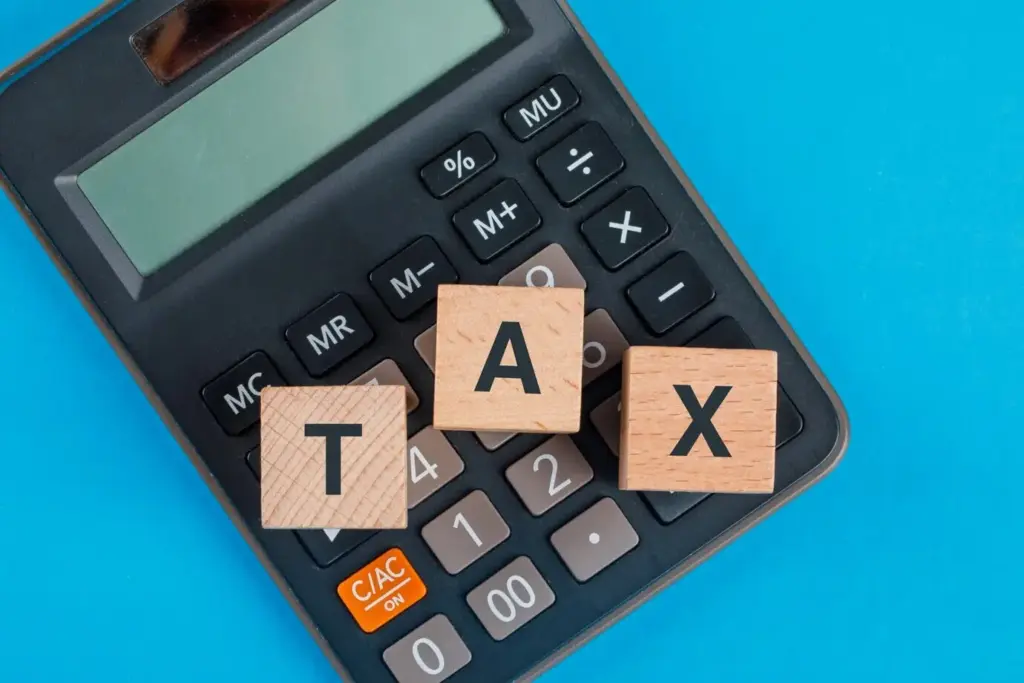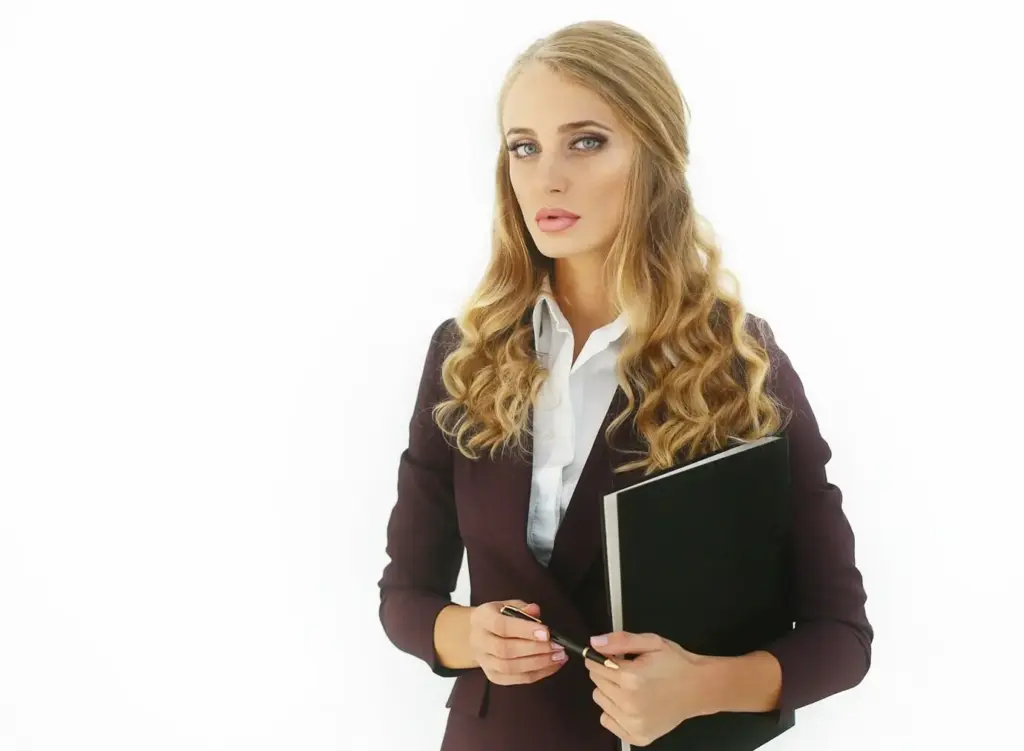See Your Home’s Hidden Heat

How Thermal Imaging Reveals What Eyes Miss
Infrared, Simply Explained
Everything warmer than absolute zero emits infrared radiation; the hotter the object, the more it emits. Thermal cameras measure that radiation and estimate surface temperature, revealing contrasts that suggest missing insulation, drafts, or dampness. You are not seeing through walls; you are seeing how heat behaves at the surface. That is why context, building knowledge, and careful observation matter as much as the device itself when making confident, actionable conclusions.
Emissivity and Honest Measurements
Different materials radiate heat differently. Painted drywall behaves very unlike shiny foil or polished metal, which can trick cameras with reflections. Adjusting emissivity settings, adding a bit of matte tape on reflective spots, and comparing similar materials side by side help you avoid false readings. When in doubt, corroborate with contact thermometers or moisture meters, then document settings so future scans can be recreated and compared with confidence for reliable decision‑making.
Patterns Over Pixels
Resolution matters, yet meaningful interpretation depends on patterns rather than single pixel values. Linear cold streaks might indicate a stud or thermal bridge, blotchy shapes can mean insulation voids, and feathered gradients often trace air leakage. Consistent framing, fixed distance, and overlapping images let you stitch a mental map of the envelope. The story strengthens further when patterns repeat across rooms, floors, or facades, aligning with known construction assemblies and weather exposure.
Create a Strong Temperature Delta
Pick the Right Time and Weather
Reading the Colors with Confidence

Palettes, Scales, and Context

Dodging Reflections and False Alarms

Moisture, Dew Point, and Risk
Insulation Gaps and Compression
Air Leakage at Edges and Openings
Thermal Bridges Through Structure
What Home Issues Show Up Most Clearly
Tools, Skills, and When to Call a Pro
Picking a Camera That Tells the Truth
Beyond resolution, evaluate focus capability, thermal sensitivity, field of view, and accurate emissivity controls. A manual focus lens often outperforms fixed focus for crisp edges. Keep batteries warm in winter and carry a reference card to normalize emissivity. Practice on known targets—a kettle, a window, an exterior corner—to calibrate your expectations. The best camera is the one you master, that produces repeatable images under varied conditions without surprising you during critical diagnostic moments.
Standards, Training, and Repeatability
Following recognized procedures makes results dependable. ASTM C1060 outlines sensible practices for building inspections, including documentation, environmental control, and reporting. Short courses in building science translate images into actionable plans. Build a checklist covering weather, stabilization time, and typical trouble spots. Save radiometric files, not only screenshots, so you can revisit temperature scales later. Repeatability is credibility; it transforms a compelling picture into sound evidence that withstands scrutiny from contractors and skeptical budgets.